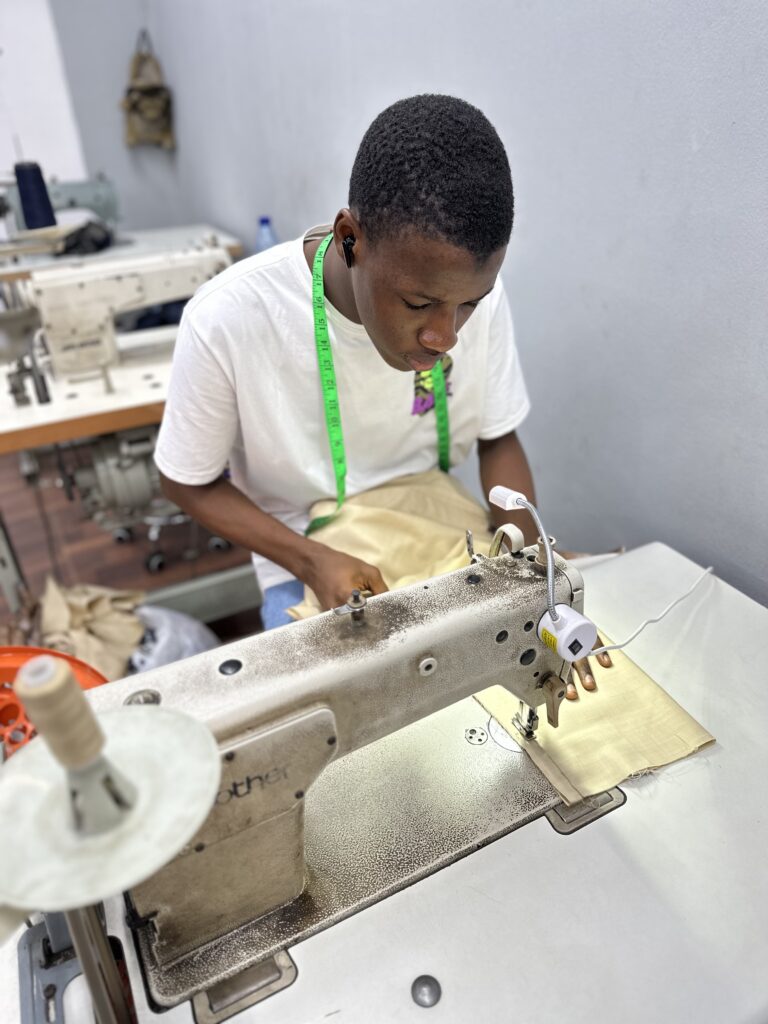Expert Tailor Perth: Crafting Custom Suits for every single Celebration
Expert Tailor Perth: Crafting Custom Suits for every single Celebration
Blog Article
Understanding the Tailoring Refine: From Fabric Option to Final Suitable for the Suitable Wardrobe
The tailoring procedure is an intricate interplay of art and scientific research, beginning with the essential choice of fabric choice and culminating in the exact adjustments of final fittings. Each material kind brings special high qualities that influence not only the visual allure however also the garment's longevity and suitability for various celebrations. Understanding the subtleties of customizing strategies can boost one's closet to extraordinary degrees of elegance. As we check out these aspects even more, one need to consider exactly how even the tiniest information can dramatically affect the overall end result of one's personal design.
Value of Material Choice
Picking the ideal fabric is vital in the tailoring process, as it directly influences the comfort, resilience, and total aesthetic of the last garment (tailor perth). The choice of fabric establishes the structure for the garment's design, efficiency, and capability. Various materials possess distinct buildings, such as stretch, weight, and breathability, which can significantly affect exactly how the garment drapes and fits the body
Moreover, fabric selection impacts the garment's durability and ease of care. Top notch textiles can hold up against damage, preserving their appearance and structure in time, while lower-quality products may bring about pilling or fading. In addition, the best material adds to the garment's ability to transition across occasions and periods, thereby boosting flexibility.
A customized item made from a proper material not only showcases craftsmanship yet likewise raises the user's confidence. As a result, understanding the nuances of material selection is vital for any kind of tailoring endeavor. It ensures that the end product not only fulfills the aesthetic needs of the customer yet additionally aligns with useful demands, thus attaining a harmonious balance between kind and function in the tailored wardrobe.
Kinds of Fabrics and Their Uses
Comprehending the numerous kinds of textiles offered is vital for making educated choices throughout the tailoring procedure. Each material possesses one-of-a-kind features that dictate its suitability for particular garments and occasions.
Cotton, understood for its breathability and gentleness, is ideal for laid-back wear and summer season garments. Its versatility allows it to be customized right into everything from t shirts to gowns. Wool, on the other hand, is preferred for its warmth and framework, making it an excellent choice for official suits and outerwear - tailor perth. Its all-natural flexibility assists garments keep shape gradually.
Silk exudes luxury and is lightweight, making it best for eveningwear and fragile shirts; however, it needs mindful handling as a result of its fragility. Bed linen, with its textured surface, is a prominent choice for cozy climates, giving a ventilated and crisp feeling, however it wrinkles easily, which might affect the garment's look.
Synthetic fabrics, such as polyester and nylon, deal resilience and resistance to creases, making them suitable for day-to-day wear and active garments. Recognizing these textile types and their residential or commercial properties permits better decision-making, making certain that each tailored item not only fits well yet likewise aligns with the desired function and celebration.
The Tailoring Techniques Clarified
The art of customizing depends on a range of strategies that change material into well-fitted garments. Central to this process is pattern preparing, where a tailor produces themes based upon the client's dimensions and desired style. This first action makes sure that the garment will certainly fit the user correctly prior to any reducing takes place.
As soon as patterns are established, reducing methods enter play. Accuracy is extremely important as errors can lead to misfitting garments. Tailors frequently make use of different reducing approaches, such as single-layer cutting for detailed designs and multiple-layer reducing for efficiency on standard patterns.
Basting is an additional essential technique, permitting dressmakers to momentarily sew material assemble for an initial fitting. This technique offers the possibility to analyze the drape and general shape before final stitching.
Seaming methods, including flat-felled seams and French joints, boost the garment's durability and visual charm. Tailors also utilize techniques such as interfacing and cushioning to offer framework and form to specific areas, like shoulders and collars.
Last but not least, ending up methods, including hemming and side completing, make sure the garment's durability while supplying a sleek look. With each other, these techniques create the backbone of reliable customizing, resulting in elegant, custom-fit garments.
Fitting Modifications and Factors To Consider

Secret considerations consist of the shoulder fit, which ought to neither droop nor restrict motion, and the sleeve length, which must enable comfy arm motion while preserving a sleek look. Additionally, adjustments at the midsection can fine-tune the shape, with alternatives to allow out or absorb material as required.
The increase of trousers is an additional important variable; it should rest easily over the hips without causing pain, permitting ease of movement. Hemming lengths for both pants and skirts must reflect the user's favored style while appreciating percentages.

Keeping Your Tailored Clothes
Constantly adhere to the care label guidelines, which may suggest dry cleaning for delicate textiles or maker cleaning for more resilient products. Stay clear of frequent laundering, as this can put on down the textile and alter the garment's shape.
Storage is just as essential; usage padded wall mounts for coats and coats to maintain shoulder framework, and shop trousers folded up neatly or hung to avoid creasing. Shield garments from direct sunlight, which can fade colors and damages fibers.
Furthermore, routine evaluations for minor fixings can prevent larger concerns. Examine for loosened switches, tearing seams, or signs of moth damage, dealing with these troubles quickly to keep the garment's honesty.
Last but not least, consider seasonal rotation. Wearing tailored pieces in moderation allows fabrics to recover, expanding their lifespan. By applying these maintenance approaches, you can guarantee that your tailored garments remain as excellent as the day you initially wore them, boosting your excellent closet for many years to find.
Conclusion
The tailoring process, encompassing material choice, competent techniques, and precise suitable changes, plays a critical role in creating garments that boost both convenience and style. Each phase adds to the general efficiency of the last product, making certain that clothing not only fits well however additionally reflects specific identification. Moreover, understanding the relevance of maintenance extends the life of customized garments, strengthening their value in a well-curated wardrobe. An extensive approach to customizing finishes in a refined and certain look.
Picking visit this website the appropriate fabric is vital in the tailoring process, as it directly affects the convenience, durability, and total aesthetic of the final garment. The option of material sets the foundation for the garment's capability, design, and efficiency. Different fabrics have one-of-a-kind residential or commercial properties, such as stretch, breathability, and weight, which can dramatically affect exactly how the garment drapes and fits the body.
The art of tailoring counts on a selection of techniques that change material right into well-fitted garments.The customizing procedure, incorporating textile choice, experienced strategies, and exact fitting changes, plays a critical duty in producing garments that enhance both comfort and style.
Report this page